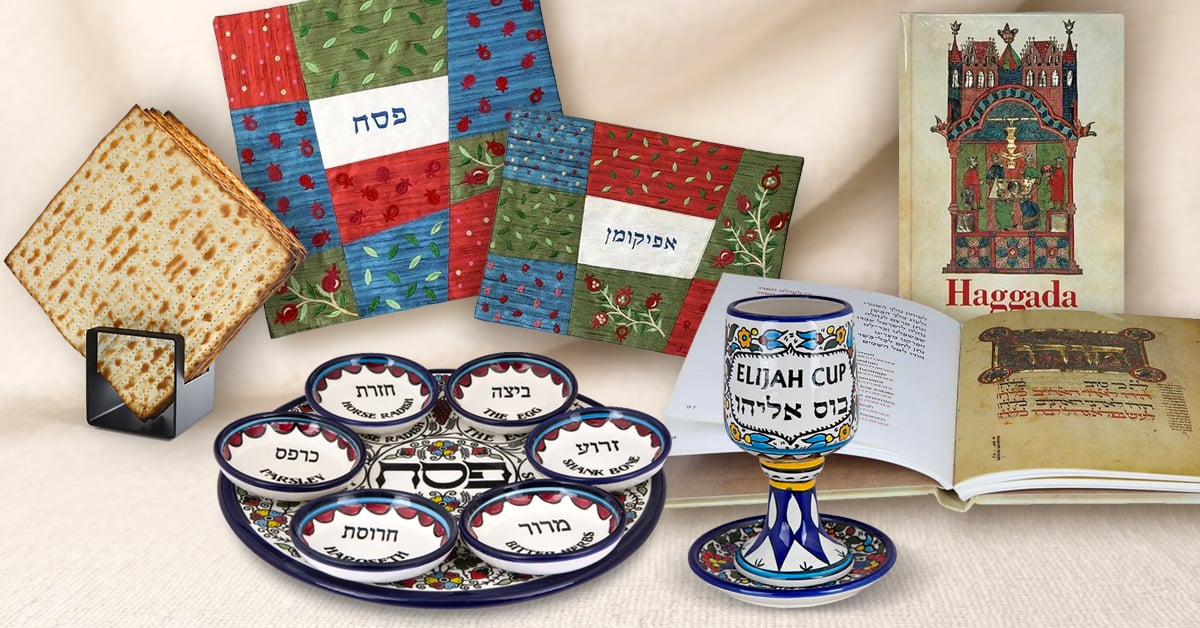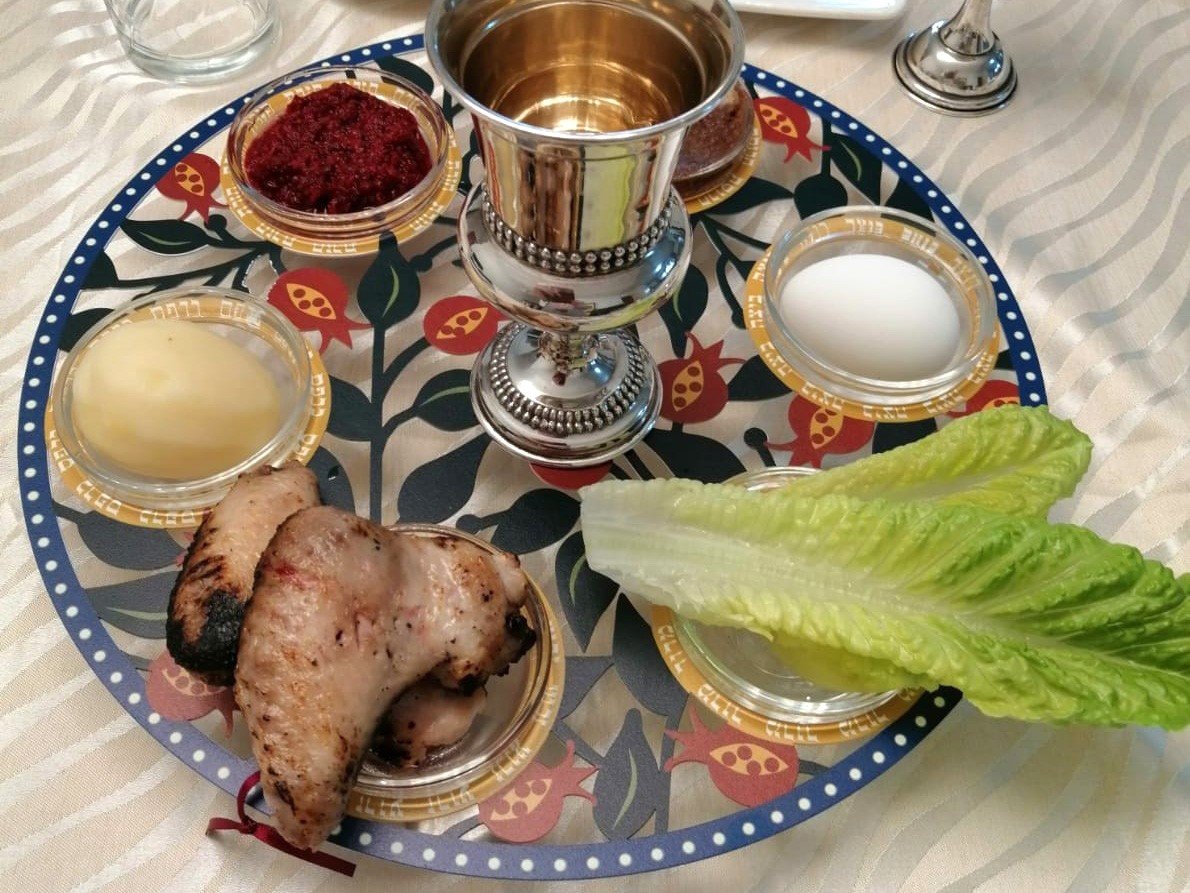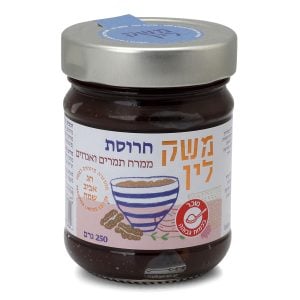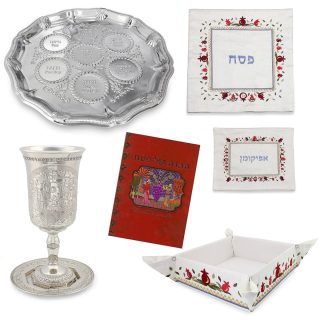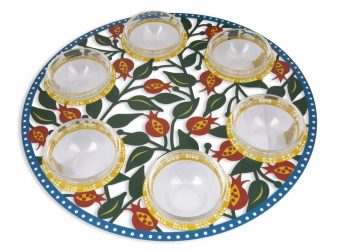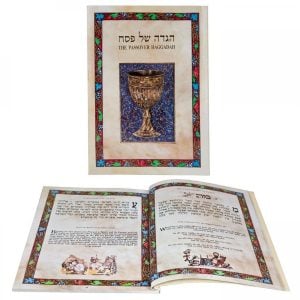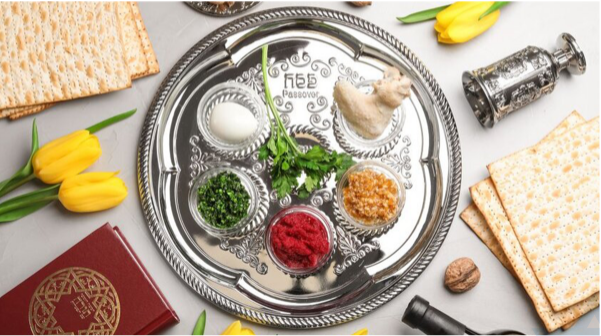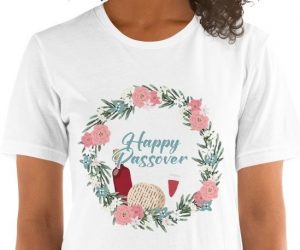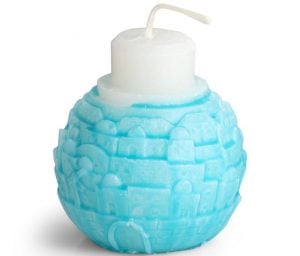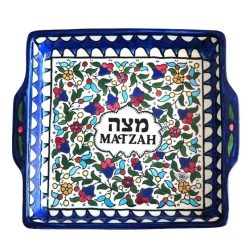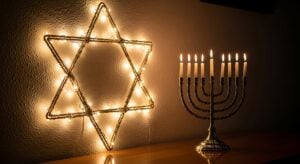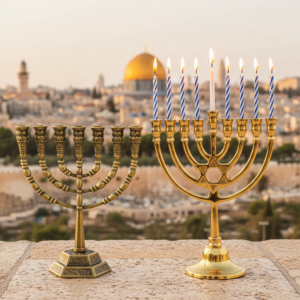How to Celebrate Passover: The Seder Meal & More
Passover 2024, the eight-day festival where the Jewish people remember and retell the Exodus story, begins at sundown on Monday, April 22. For many people, Passover (or Pesach in Hebrew) is their favorite Jewish holiday because it is a time for gathering with friends and family from afar, eating special foods, singing catchy songs, and celebrating the Jewish people’s long, resilient history.
Like any other Jewish holiday, traditions are unique from family to family and can be heavily influenced by the local or ancestral customs of one’s Jewish community. However, there are plenty of shared rituals that unite us all.
We’re breaking down the most important Passover rituals and traditions below, so you’ll be ready to tackle all 8 days of the Festival of Matzah!
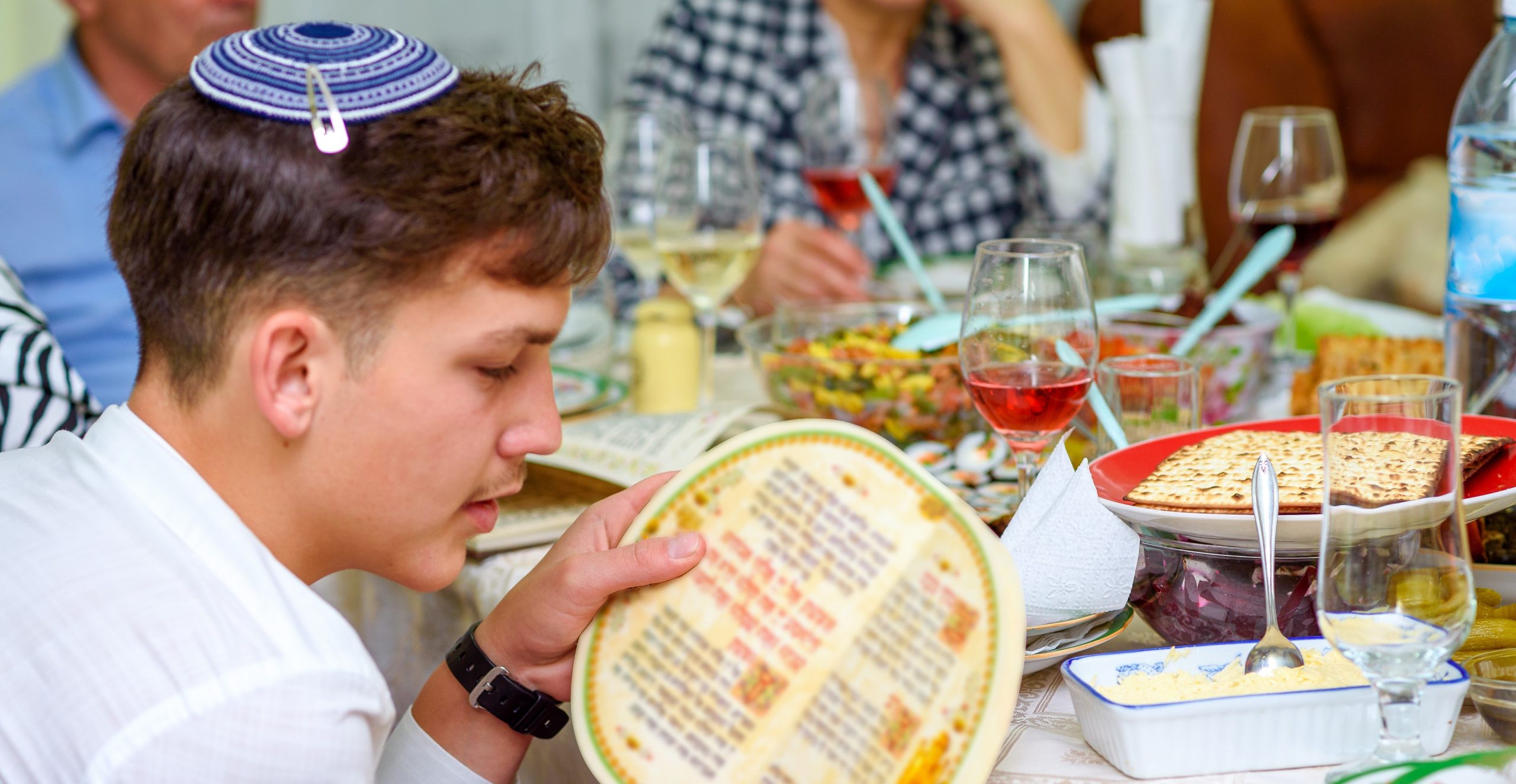
Passover Food 101
Passover is about a lot of things — redemption, spring, memory, family — but food is one of the most important aspects of the entire eight-day festival. Most Jews refrain from eating chametz (unleavened bread products) during Pesach, both during the Passover meal and throughout all eight days. According to the Torah, there are five forbidden grains: wheat, oats, spelt, rye, and barley.
Many grocery stores, even in areas with small Jewish populations, will have a selection of food that is labelled Kosher for Passover, meaning the food is both kosher according to traditional standards and does not contain any chametz.
These sections will often also include special Passover versions of cola soda, potato chips, and other foods that already don’t contain wheat normally. Why? Due to an ancient custom, many Ashkenazi Jews take it a step further and do not eat kitniyot, which includes legumes, corn products, rice, certain seeds, and similar products. Therefore, many Kosher for Passover foods in North America and other parts of the world with large Ashkenazi populations won’t have corn syrup, oils derived from kitniyot, etc.
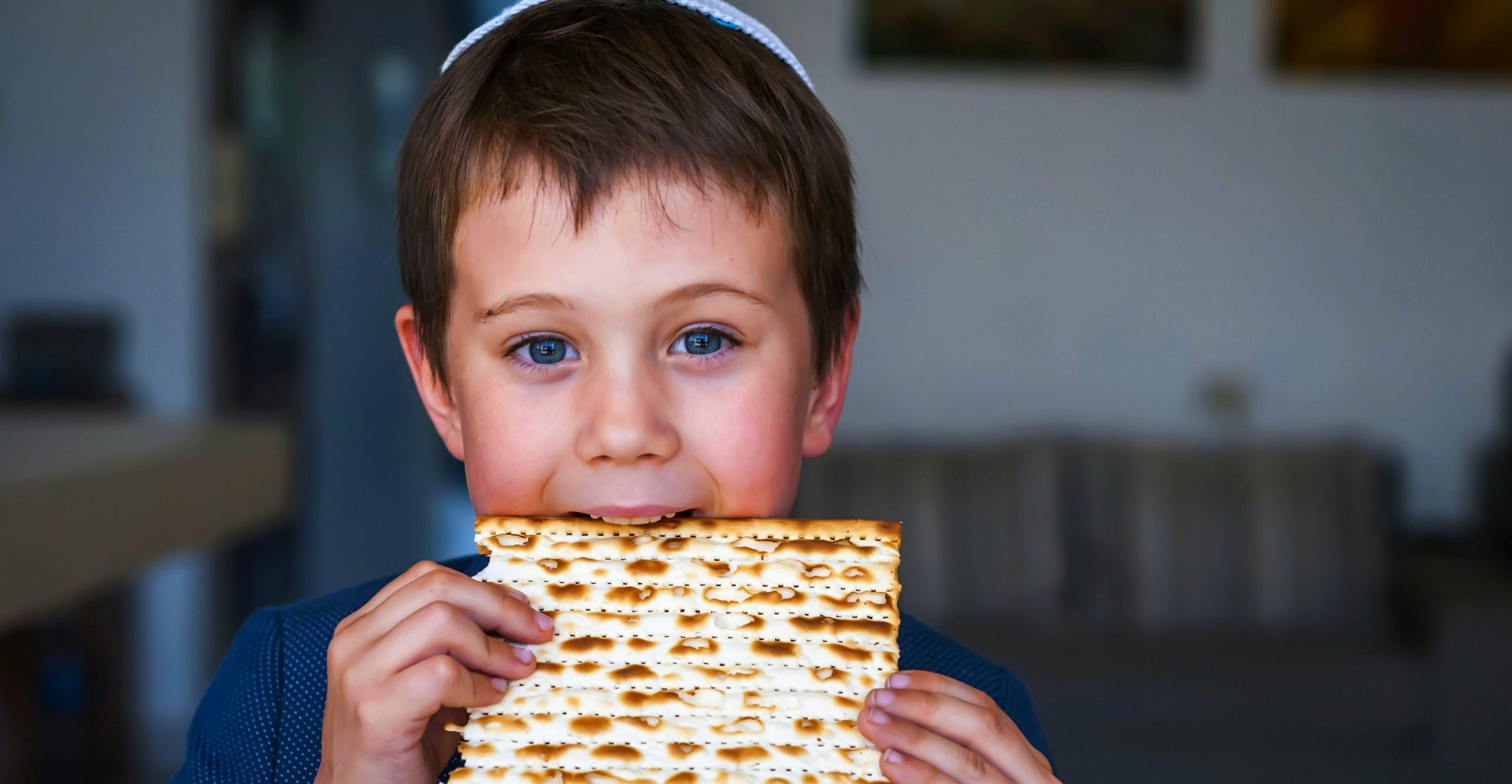
Some Ashkenazi Jews do eat kitniyot, and the Reform and Conservative movements in America even permit it. If you’re new to celebrating Passover and aren’t sure which custom to follow, talk to a trusted rabbi to learn more about the norms in your community.
When you’re shopping, don’t forget to get enough matzah, haroset, and wine or grape juice for all your Seder guests, in addition to your main meal.
With all of the different laws and customs surrounding food during Pesach, challenges can arise, especially for people on special diets.
Whether you’re vegan and rely on kitniyot for protein, you’re allergic to the gluten in matzah, alcohol is triggering, or you’re recovering from an eating disorder and are nervous about restricting your diet, remember that your health and wellbeing comes first, even according to the strictest interpretations of Jewish law. Consult your doctor and a rabbi before Passover begins so you can fully enjoy the holiday in a manner that is best for you!
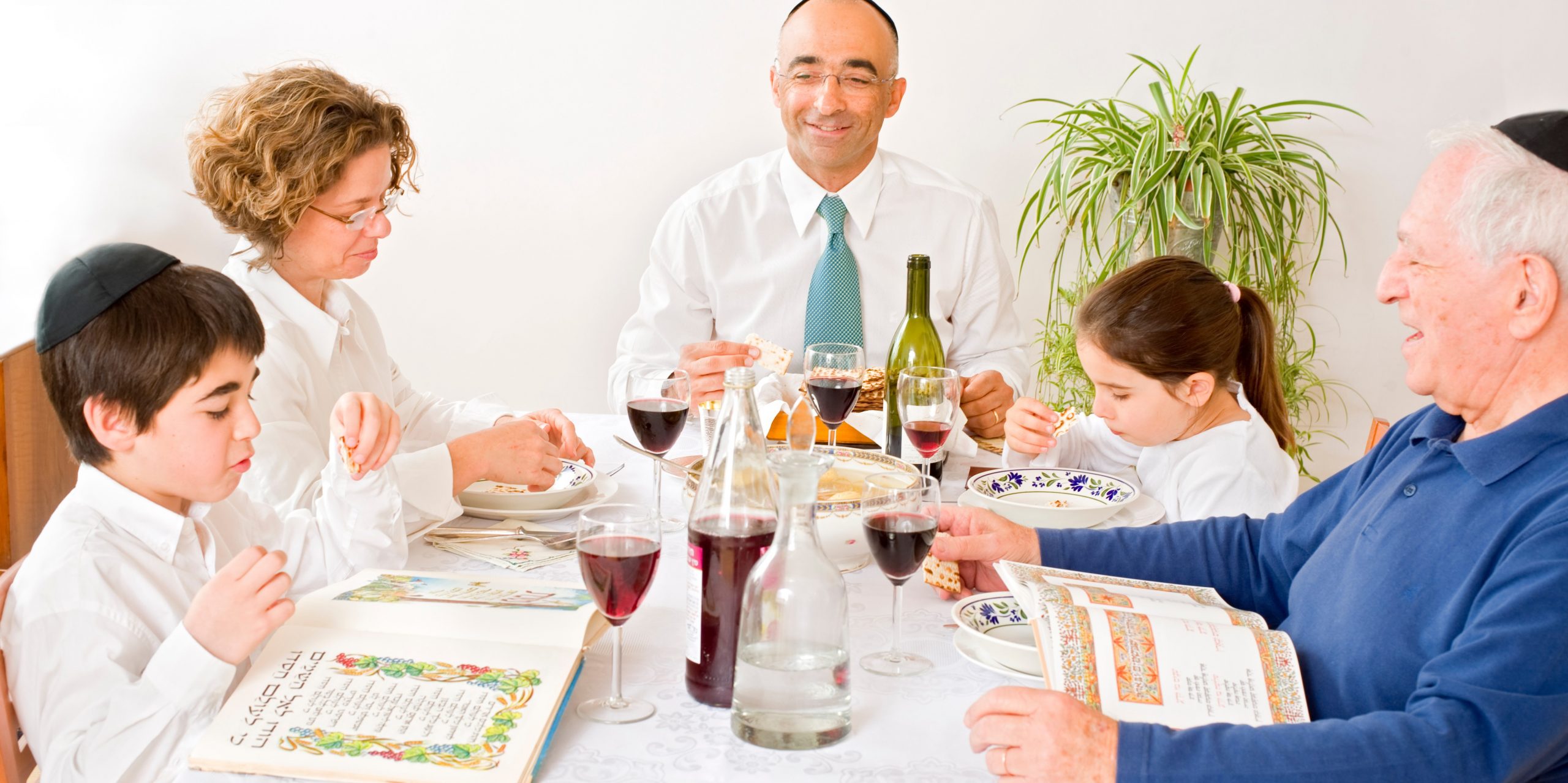
Seder Night
While Passover is eight nights long, the most notable part of festivities occurs when we gather for the Seders on the first night and the second night. (We will explain more about the second Seder in the next section). At the Passover Seder, we gather with loved ones, recall the Exodus story, and eat a special dinner.
The centerpiece of the table is the Seder plate, which is often elegant by itself and filled with items that are rich with symbolism and meaning.
If you’re wondering what to put on your Seder plate, what each item symbolizes, and where the tradition comes from, check out our Ultimate Seder Plate Guide blog post!
Seder literally means “order” in Hebrew. We use this word to refer to the ritual because we do it in a very specific order. While you might assume that a Passover Seder is just retelling the story of the Exodus and eating matzah, there are a number of different rituals and steps that make up the Passover Seder.
For everything you need for the Seder as well as the 14 different ritual steps and what they mean, see our Passover Seder 101 blog post!
Whatever your style or budget, we have the perfect Seder plate for you from one of Israel’s finest artists. Check out our guide with our top 10 amazing plates and find your favorite!
The Second Night of Passover
If you live outside of Israel, it is customary to also hold a Seder on the second night of Passover (Tuesday, April 23 this year), as the second day is also considered Yom Tov (a formal holiday with religious restrictions).
This custom, known as yom tov sheni shel galuyot (a second day of Yom Tov in the diaspora), also occurs on many other holidays, like Sukkot and Shavuot. It derives from ancient times, when the Jewish people relied on messengers to relay the start of the new month and holidays by observing the moon. When confusion arose, rabbis instituted yom tov sheni shel galuyot to ensure holidays were observed on the correct days, just in case.
The Seder is essentially the same on the second night: there are still 14 rituals, the same songs, the retelling of the Passover story, and a holiday meal. There are just a few small adjustments to the blessings.
Your haggadah should have specific instructions before each blessing and ritual that will help you navigate the second Passover Seder like a pro!
Chol Hamoed
The 3rd through 6th days of Passover are known as Chol Hamoed. In Israel, many people use these days as an opportunity to get outdoors, go hiking, and enjoy nature, especially since Passover is also known as Chag Ha’Aviv (the Spring Festival) and often coincides with warm weather. Families also use this time to visit zoos, amusement parks, and other fun places where they can create memories together.
While most of the laws regarding holiday observance don’t apply on these days, some communities do have various customs, such as not getting a haircut or doing laundry. As always, it is best to consult with a trusted rabbi regarding the norms in your community.
The Last Two Days of Passover
Outside of Israel, the last two days of Passover are observed as Yom Tov (in Israel, only the seventh day is).
Each community has its own customs: many people light Yom Tov candles each evening, and some people stay awake all night studying Torah on the seventh day. The eighth day of Passover is also one of the four times a year that synagogues host Yizkor services for those who have lost loved ones to recite the traditional prayers.
We’re breaking down everything you need for an unforgettable Passover holiday, along with some of the best items from Israeli artists!
